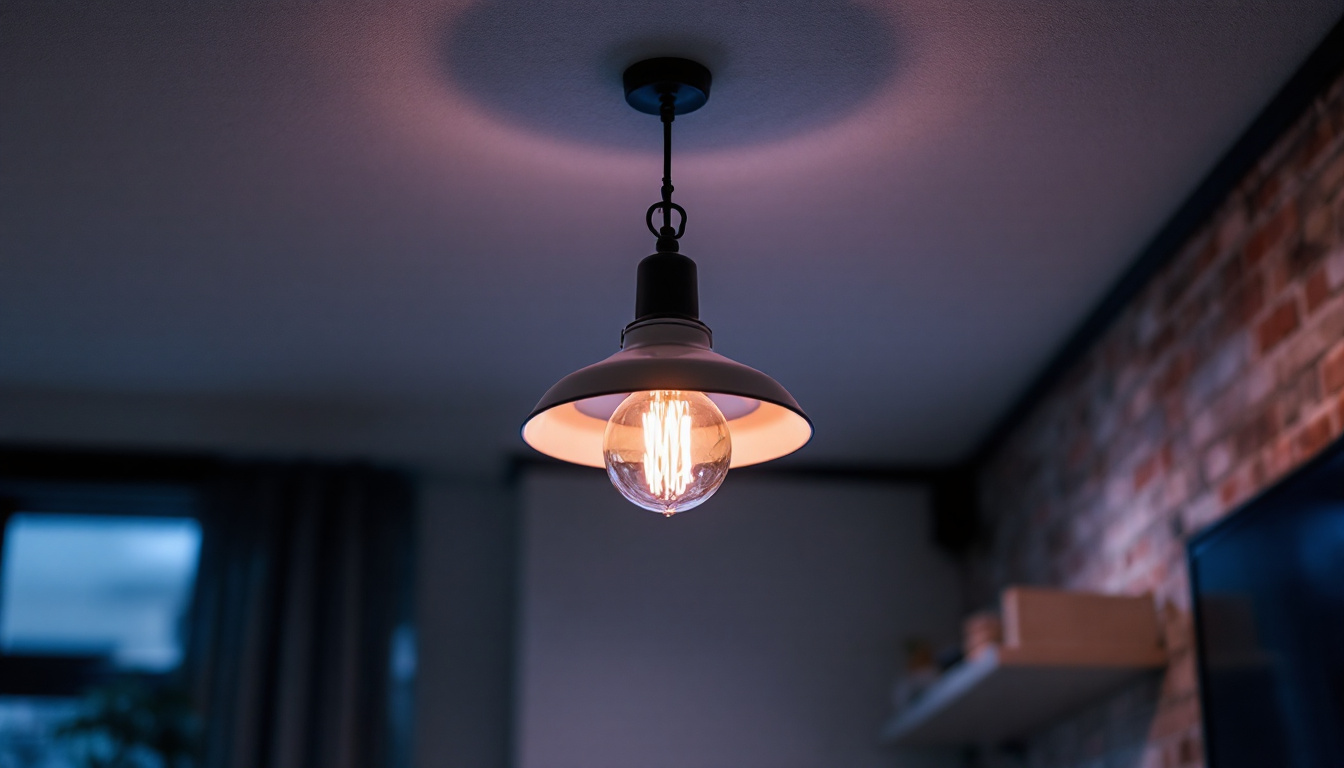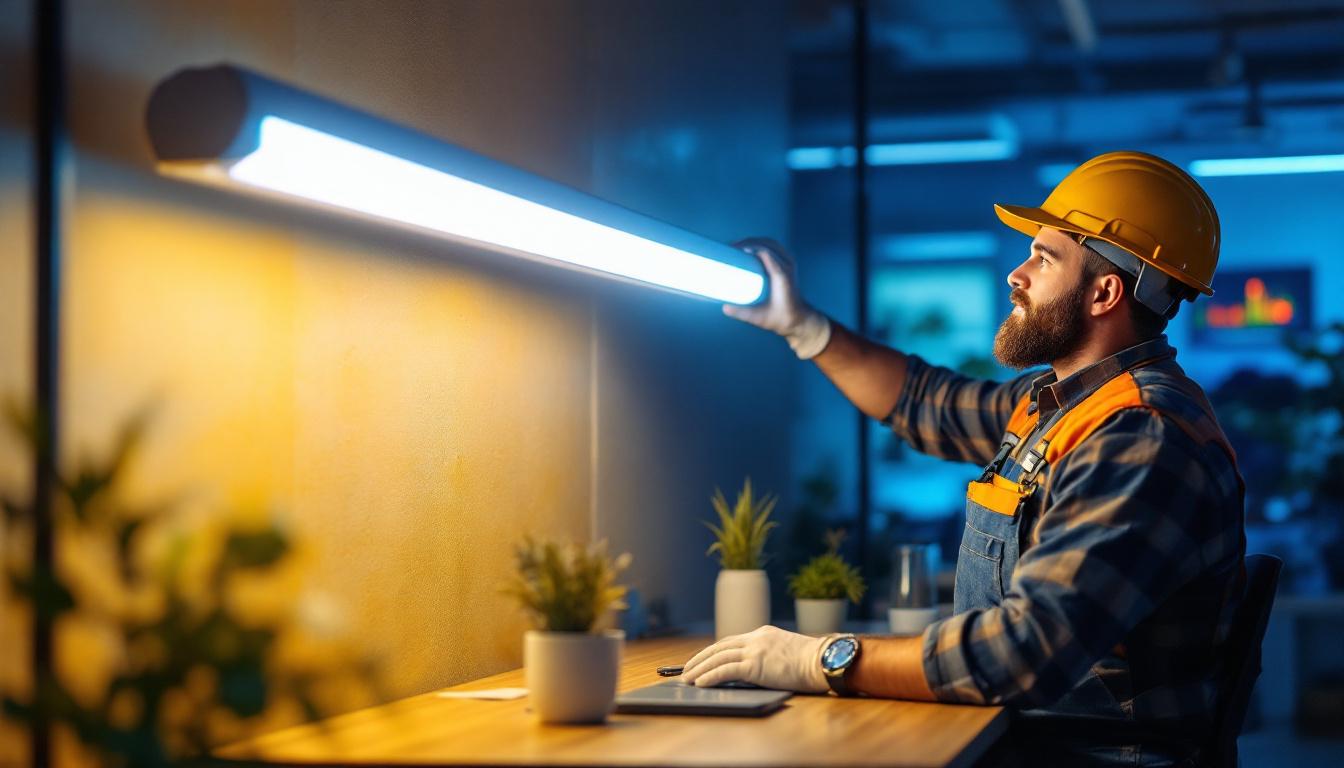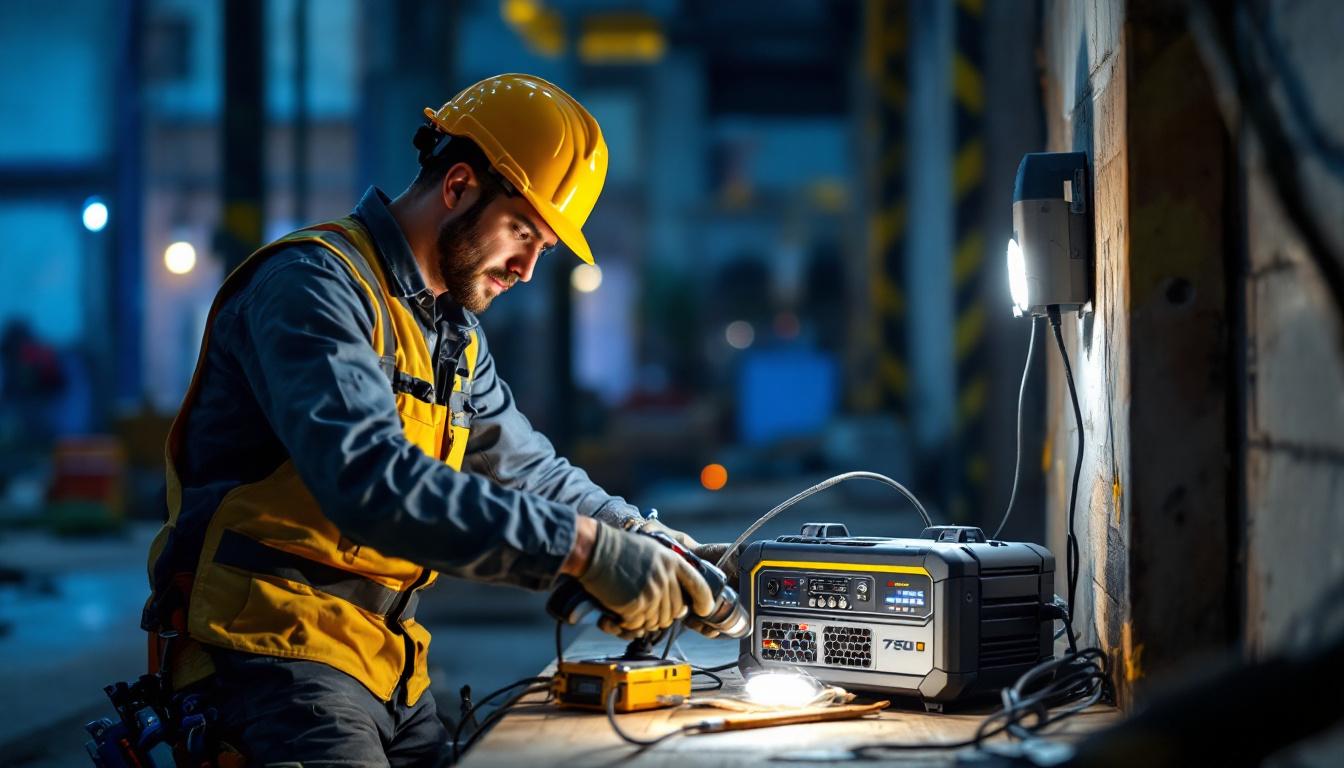
Compliance in lighting installations is a critical aspect that lighting contractors must prioritize. It encompasses a range of regulations and standards designed to ensure safety, efficiency, and functionality in lighting systems. For hanging ceiling lamps, understanding these compliance requirements is essential not only for the safety of the installation but also for meeting client expectations and avoiding potential legal issues.
Regulatory bodies at local, state, and national levels set forth guidelines that govern electrical installations, including those involving hanging ceiling lamps. These regulations often address wiring methods, fixture placement, and energy efficiency standards. Familiarity with these codes can significantly impact the success of a project, making it imperative for lighting contractors to stay informed and compliant.
Several key regulations should be at the forefront of any lighting contractor’s mind. The National Electrical Code (NEC) is one of the most significant documents, as it provides the foundational standards for electrical installations across the United States. Understanding the NEC’s requirements for hanging fixtures, including proper mounting techniques and electrical connections, is essential.
In addition to the NEC, local building codes may impose additional requirements specific to certain regions or types of installations. These codes can vary widely, so it is crucial for contractors to consult local authorities or building departments to ensure compliance. Failure to adhere to these regulations can result in fines, project delays, or even safety hazards. Furthermore, contractors should be aware of any updates or amendments to these codes, as they can change frequently and may impact ongoing or future projects.
Safety is paramount in any electrical installation. Contractors should familiarize themselves with safety standards set forth by organizations such as the Underwriters Laboratories (UL) and the American National Standards Institute (ANSI). These organizations provide guidelines on the safety and performance of lighting fixtures, including hanging ceiling lamps.
Best practices for safety include ensuring that all fixtures are properly rated for their intended use, using appropriate wiring methods, and conducting thorough inspections before and after installation. Additionally, contractors should educate clients about the importance of regular maintenance checks to ensure ongoing safety and compliance. This can include checking for signs of wear or damage, ensuring that all connections remain secure, and replacing any components that may have degraded over time. By fostering a proactive approach to maintenance, contractors can help clients avoid costly repairs and extend the lifespan of their lighting systems.
Moreover, it is essential for contractors to stay abreast of the latest advancements in lighting technology, such as LED fixtures and smart lighting systems. These innovations not only enhance energy efficiency but also often come with their own set of compliance requirements. Understanding how these new technologies integrate with existing codes and standards can provide contractors with a competitive edge, allowing them to offer clients the most up-to-date solutions while ensuring full compliance with safety and performance standards.
With increasing focus on sustainability, energy efficiency has become a significant consideration in lighting design and installation. Many regions now mandate compliance with energy efficiency standards, which can influence the types of hanging ceiling lamps that contractors recommend and install. As consumers become more aware of their carbon footprints, the demand for energy-efficient solutions continues to rise, prompting manufacturers to innovate and produce more sustainable lighting options.
Energy-efficient lighting options, such as LED fixtures, not only reduce energy consumption but also have a longer lifespan compared to traditional incandescent bulbs. Understanding the benefits and compliance requirements of these energy-efficient options is essential for contractors looking to meet client needs while adhering to regulations. Additionally, the advancements in smart lighting technology allow for further energy savings through automation and remote control, enabling users to optimize their lighting usage based on real-time needs and occupancy.
Many governments and utility companies offer incentives for energy-efficient lighting installations. These can include rebates, tax credits, or grants that can significantly reduce the overall cost of a project for clients. Lighting contractors should stay informed about available incentives in their area, as this knowledge can enhance their service offerings and attract environmentally conscious clients. Furthermore, some programs may provide financial assistance for energy audits, helping clients identify areas where they can improve efficiency beyond just lighting.
By promoting energy-efficient solutions, contractors not only help clients save money on energy bills but also contribute to a more sustainable future. This alignment with eco-friendly practices can enhance a contractor’s reputation and lead to more business opportunities. In addition, as sustainability becomes a core value for many businesses, contractors who prioritize energy efficiency can position themselves as leaders in a competitive market, appealing to clients who are increasingly looking to align their projects with their environmental goals.
Design plays a crucial role in ensuring compliance with both safety and energy efficiency standards. When selecting hanging ceiling lamps, contractors must consider factors such as the fixture’s wattage, placement, and the type of lighting required for the space. Proper design can help avoid issues related to glare, insufficient lighting, or over-lighting, all of which can impact both safety and energy efficiency. Additionally, the integration of daylighting strategies, such as maximizing natural light through strategic window placement or using reflective surfaces, can further enhance energy performance in a space.
Moreover, the aesthetic appeal of hanging ceiling lamps should not be overlooked. Clients often seek fixtures that enhance the overall design of a space while meeting functional needs. By understanding the balance between compliance, energy efficiency, and design, contractors can deliver solutions that satisfy both regulatory requirements and client expectations. This holistic approach not only elevates the visual appeal of a space but also fosters a sense of well-being among occupants, as well-designed lighting can significantly influence mood and productivity. As such, staying abreast of the latest trends in lighting design can empower contractors to offer innovative solutions that resonate with modern sensibilities and environmental consciousness.
Proper installation techniques are vital for ensuring that hanging ceiling lamps function safely and efficiently. Contractors face various challenges during installation, from navigating existing electrical systems to ensuring that fixtures are securely mounted. Understanding these challenges and how to overcome them is essential for successful project completion.
One common challenge is dealing with the weight of hanging fixtures. Contractors must ensure that the mounting hardware is appropriate for the fixture’s weight and that it is securely anchored to the ceiling structure. This is especially important in commercial settings where larger and heavier fixtures are often used.
Having the right tools and equipment is crucial for effective installation. Lighting contractors should invest in high-quality tools that facilitate safe and efficient installations. Essential tools include voltage testers, wire strippers, and appropriate screwdrivers, as well as safety gear such as gloves and goggles.
Additionally, using specialized equipment, such as lifts or scaffolding, can help contractors reach high ceilings safely. Ensuring that all tools and equipment are well-maintained can prevent accidents and improve overall installation quality.
Even experienced contractors can make mistakes during installation, which can lead to compliance issues or safety hazards. One common mistake is improper wiring, which can result in electrical shorts or fires. Contractors should double-check all connections and ensure that they follow the manufacturer’s instructions carefully.
Another frequent error is neglecting to consider the fixture’s placement. Fixtures should be installed at appropriate heights and distances to provide optimal lighting while avoiding glare or obstruction. Taking the time to plan the layout before installation can help avoid these pitfalls.
Once the installation is complete, compliance does not end. Ongoing maintenance is essential to ensure that hanging ceiling lamps continue to operate safely and efficiently. Contractors should educate clients about the importance of regular inspections and maintenance checks to identify any potential issues early on.
Regular maintenance can include checking for loose connections, replacing burnt-out bulbs, and cleaning fixtures to ensure optimal performance. By providing clients with a maintenance schedule, contractors can help extend the lifespan of the fixtures and ensure ongoing compliance with safety standards.
Proper documentation is a critical aspect of compliance in lighting installations. Contractors should maintain detailed records of all installations, including compliance certificates, inspection reports, and maintenance logs. This documentation can serve as evidence of compliance should any issues arise in the future.
Additionally, keeping records of client communications and agreements can help clarify expectations and responsibilities. This level of organization not only enhances professionalism but also builds trust with clients, as they can see the contractor’s commitment to quality and compliance.
Effective communication with clients is essential for ensuring compliance and satisfaction. Contractors should take the time to educate clients about the importance of compliance with safety and energy efficiency standards. This includes explaining the benefits of energy-efficient fixtures and the necessity of regular maintenance.
By fostering open communication, contractors can address any concerns clients may have and provide guidance on selecting the right fixtures for their needs. This collaborative approach can lead to better outcomes and stronger client relationships.
Compliance is a fundamental aspect of lighting installations that cannot be overlooked. For lighting contractors, understanding the various regulations, safety standards, and best practices is crucial for delivering successful projects. From ensuring proper installation techniques to promoting energy efficiency, contractors play a vital role in creating safe and functional lighting environments.
By prioritizing compliance, contractors can enhance their reputation, build trust with clients, and contribute to a more sustainable future. As the lighting industry continues to evolve, staying informed about compliance requirements and best practices will be essential for success. Embracing these principles will not only benefit contractors but also the clients they serve, ensuring that every hanging ceiling lamp installation is a safe, efficient, and aesthetically pleasing addition to any space.
Ready to elevate your lighting installations with compliance and quality in mind? Look no further than LumenWholesale for all your hanging ceiling lamp needs. Our extensive selection of top-quality, spec-grade lighting products comes at unbeatable wholesale prices, ensuring you get the best value for your projects. Say goodbye to inflated markups and hello to hassle-free bulk buying with free shipping. Don’t compromise on quality or cost—choose LumenWholesale for reliable, high-performance lighting that meets the highest industry standards. Wholesale Lighting at the Best Value is just a click away.

Discover innovative hacks for smart lighting contractors using 4-foot LED tube lights.

Discover the essential techniques lighting contractors need to maximize efficiency with a 750-watt inverter.

Discover the essential insights every lighting contractor needs to know about fluorescent lighting.

Discover the critical role of 3-way switches in modern lighting projects and why they are indispensable for lighting contractors.